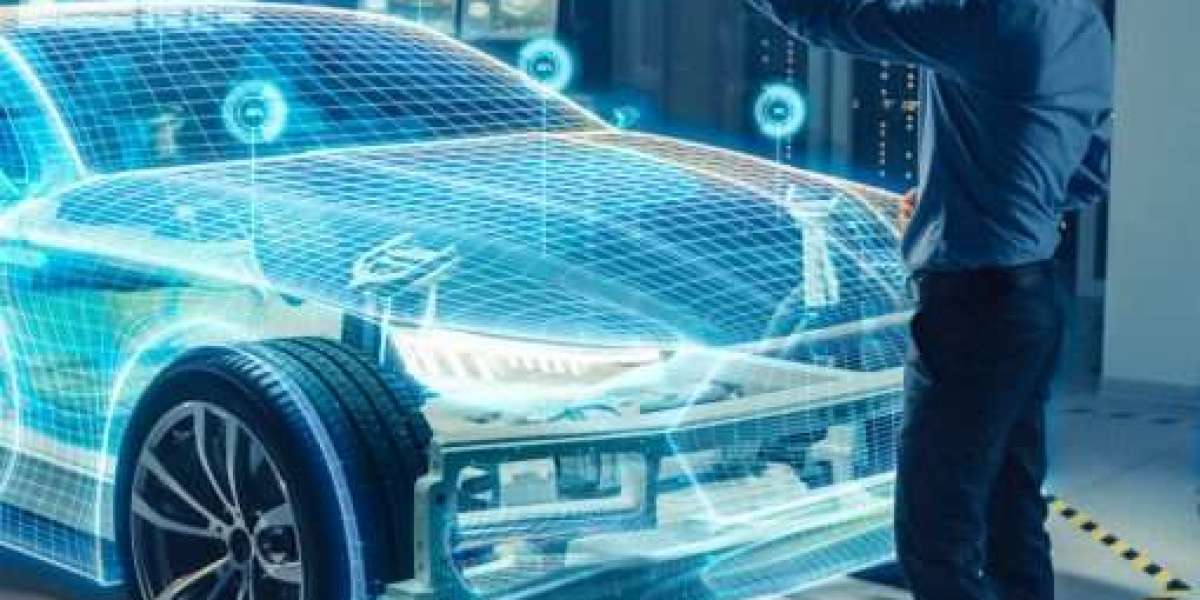Concurrent Development of Product and Safety Case
Figure 1 – GSN Argument Example showing a section of a Safety Case
Figure 2 – GSN Argument Example showing Counter-argument Notation in Red

Experience alone isn’t enough when it comes to solving today’s complex engineering problems. Having the knowledge to apply the correct people, processes and tools at the right time for the specific task is essential. This is how 3SK are able to provide our clients with robust solutions

Concurrent Development of Product and Safety Case
Figure 1 – GSN Argument Example showing a section of a Safety Case
Figure 2 – GSN Argument Example showing Counter-argument Notation in Red